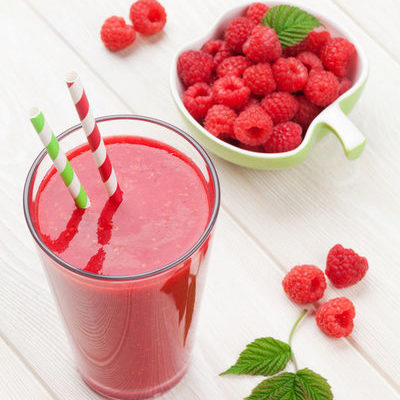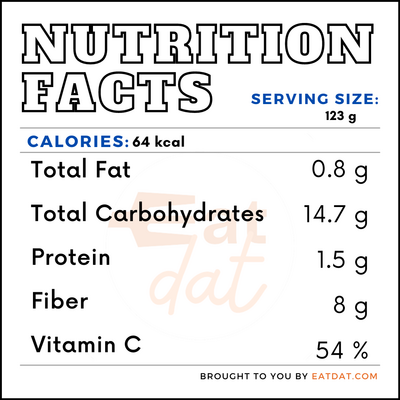
Raspberry Juice
What is Raspberry Juice?
Raspberry juice is the liquid extract derived from raspberry fruits. There are red, yellow, black, and purple raspberry varieties, although red raspberries are the most common. This fruit juice has a tart taste and is often mixed with sweeteners to make its flavor more palatable.
Some common ways to use this fruit juice in the kitchen are:
- Flavoring for wine and champagne
- Flavoring for vinegar and spirits
- Jellies and jams
- Raspberries themselves are also used for salads, cakes, and desserts.
In 2015, the average consumption of fresh berries in the U.S. was 10.25 pounds per capita. The most significant producer of raspberries in the world is Russia.
Origin of raspberry juice
The raspberry is native to Asia Minor and North America. King Edward I was the first person to request raspberry cultivation in Britain, and soon, raspberry bushes filled British gardens. In the 1800s, raspberries became widespread all over Europe, and later, British colonists shipped cultivated raspberries to America. In 1771, William Price was the first person to sell the first commercial nursery raspberry plants in Virginia. By the 1830s, people used raspberries in jellies, jams, and syrups. There were already more than 40 species of raspberry plants in 1867.
By the end of the Civil War, raspberry cultivation covered 2,000 acres of land that spread over multiple states in the U.S. There were more than 60,000 acres of land for raspberry cultivation in 1949, with Washington State being responsible for about 60% of American raspberry production. In history, people commonly used raspberry juice in paintings and herbalists recommended the fruit, leaves, and roots for boils and fevers. During the 19th century, people also used this juice as a medium to mask the unpleasant taste of medicines. Apart from raspberry juice, people use raspberries in beverages, salads, desserts, and baked goods.
Nutrition
In 123g of red raspberry, there are:

*Percentages are based on the RDI = Reference Daily Intake
Raspberry is the main component in raspberry juice, which has significant health benefits. Here are some of them:
- This juice is a good source of vitamin C, which is beneficial for the immune system.
- It contains potent antioxidant compounds that can fight oxidative stress.
- It can be beneficial for the immune system.
- This low-calorie juice might be capable of helping weight loss.
However, there are some side effects of this juice that you should bear in mind:
- Excess consumption of this juice can lead to diarrhea.
- If you are allergic to raspberries, you should not consume this juice.
Commercial production
The hot press method is the automated method used to produce raspberry juice. The first step is to check the fruit for cleanliness and solidness. This is done before the berries get moved to a steam jacketed kettle with a temperature of 140 to 179.6°F. The heating process agitates the raspberries.
When the raspberries reach the required temperature, they are then passed through a pulper to extract the juice. At the end of the process, the air in this juice has to be removed in batches or as a whole. Flash pasteurization is the best way to preserve this fruity juice. This is done by applying a temperature of 176°F or more to the fluid for 30 seconds. The bottles for raspberry juice are filled and sealed immediately, followed by cooling.
Application
The steps to make a basic form of raspberry juice are straightforward. All you need are some raspberries, ice cubes, water, and a little honey. Add all the ingredients to a blender, then liquify.
Fresh raspberry juice can last in the refrigerator for about three days. The longer the juice is kept, the more it loses its flavor. However, raspberry juice can last for up to two or three months in the freezer.
Raspberry juice recipe
There are many tasty creations you can make with raspberry juice. Here are some recipes to try:
FDA regulation
The Food and Drug Administration classifies raspberries as a raw agricultural product. The body oversees every aspect of its growing, harvesting, and packing. They also have a standard of identity for canned raspberries and define them as food prepared from any suitable variety of optional raspberry ingredients. There are also guidelines for how raspberries should be packaged, processed, and labeled. The packing medium can either be water, fruit juice, or both.
References
Groves, Melissa. “Red Raspberries: Nutrition Facts, Benefits, and More.” healthline.com, Healthline Media, 13 Oct. 2018, www.healthline.com/nutrition/raspberry-nutrition.
Melissa, Norris. “Pioneering Today-How to Make Fresh Raspberry Juice.” melissaknorris.com, Melissa K. Norris, 11 May, 2020, melissaknorris.com/pioneering-today-how-to-make-fresh-raspberry-juice/.
“CFR – Code of Federal Regulations Title 21.”, accessdata.fda.gov, U.S. Food & Drug Administration, 1 Apr. 2019, www.accessdata.fda.gov/scripts/cdrh/cfdocs/cfcfr/CFRSearch.cfm?fr=145.120.
